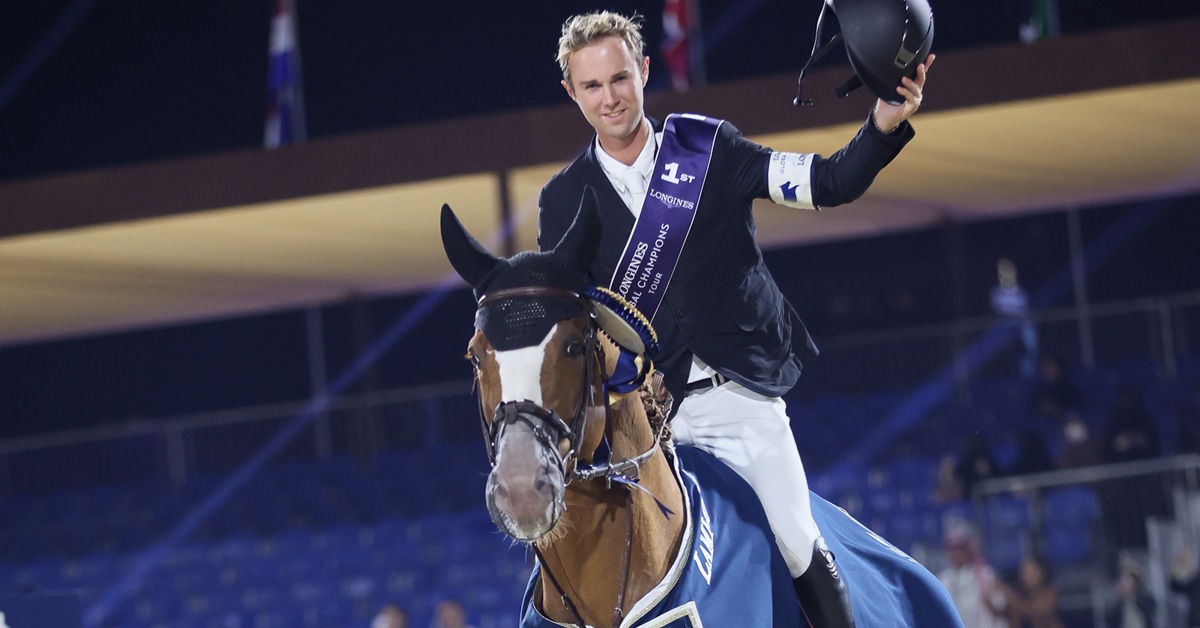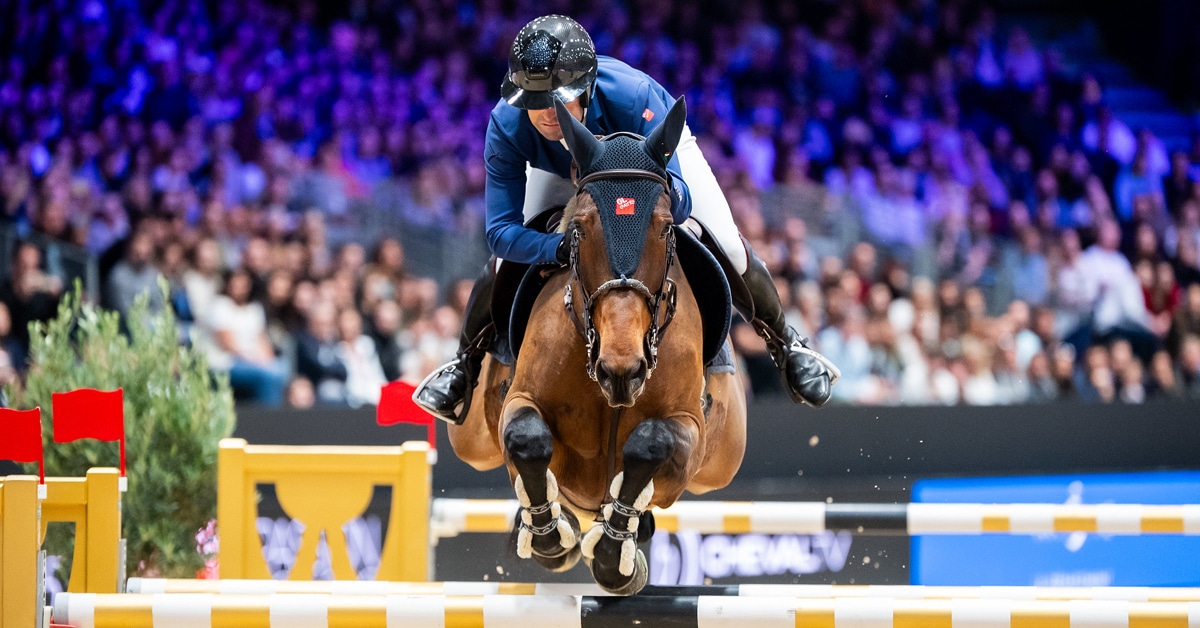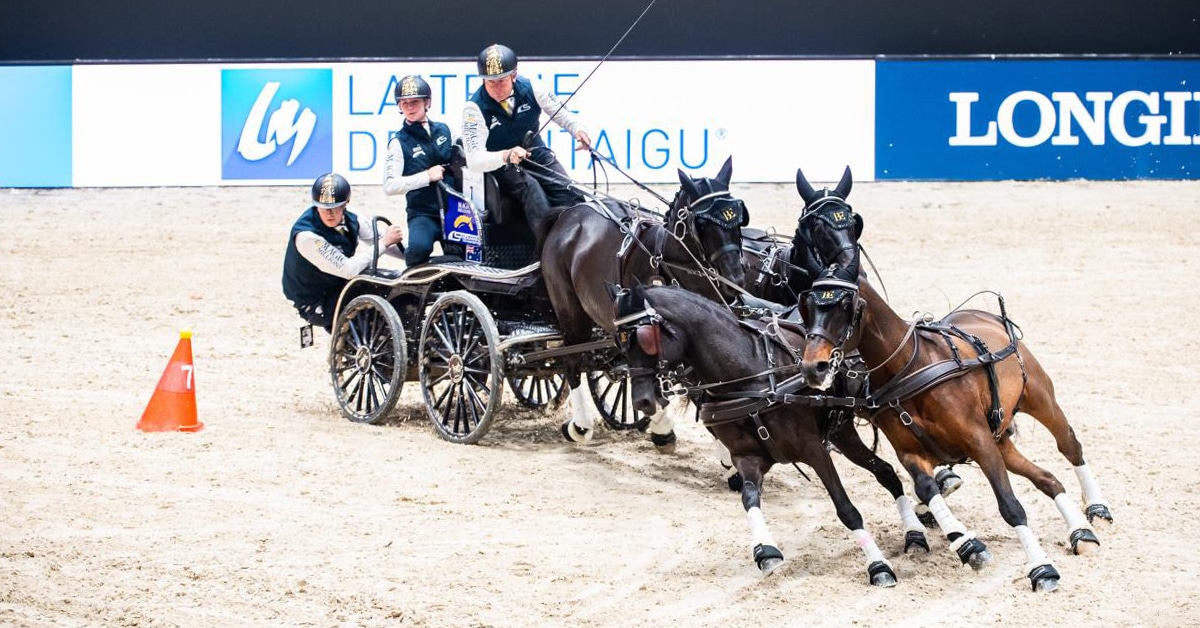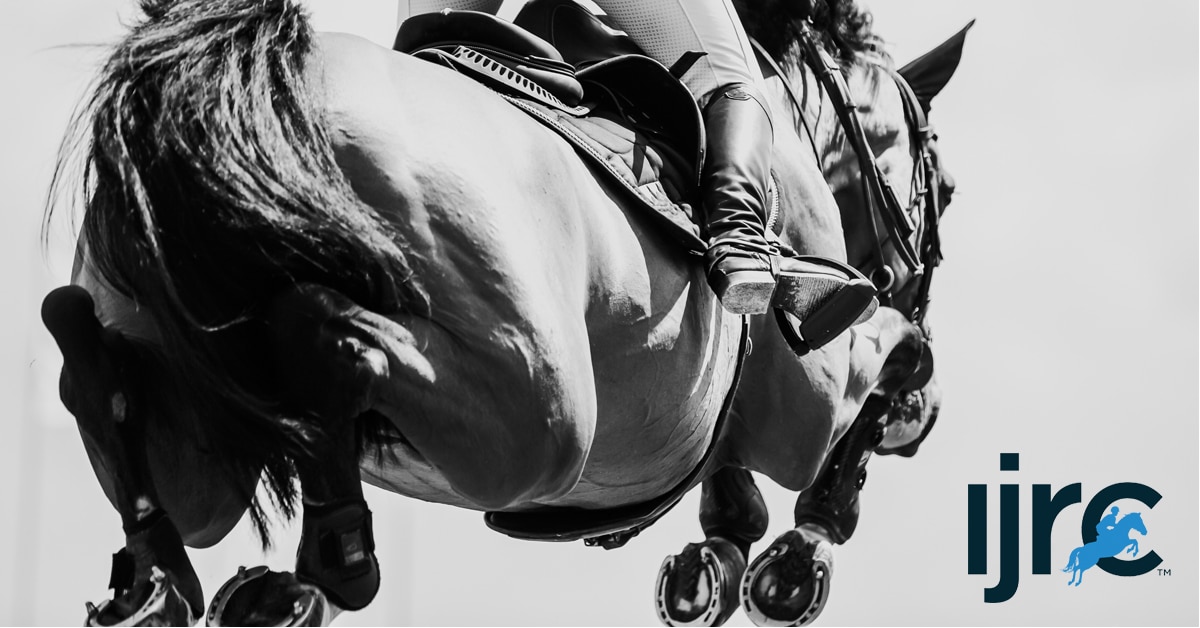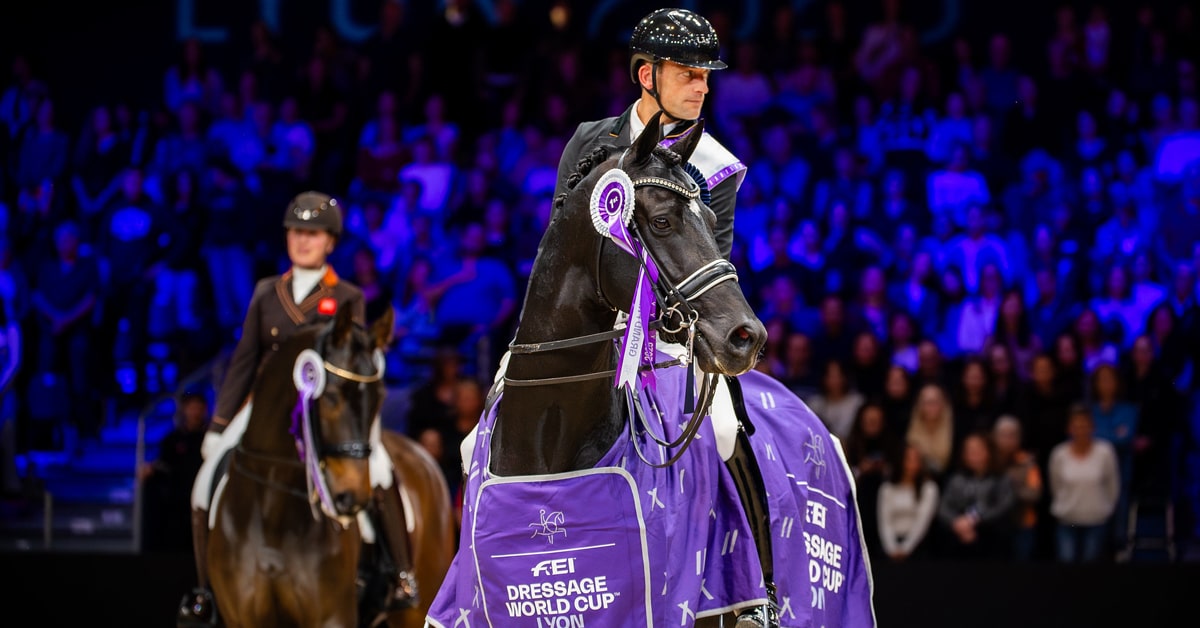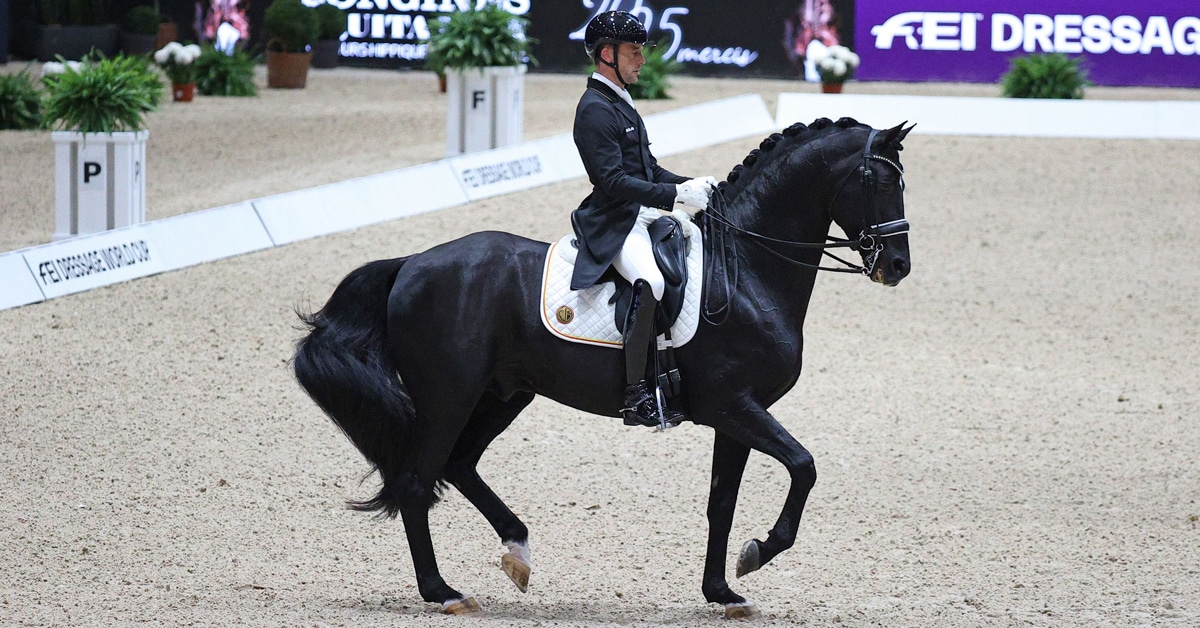As the only National Sport Organization (NSO) out of 66 that includes both human and animal athletes, Equestrian Canada (EC) is in a unique position to represent, promote and advance both equine and equestrian interests. With a plan to create a more modern and responsive equestrian sport system, EC has committed to increasing accountability and financial transparency so that those that contribute to the system understand how funding, fees, donations and other revenue are raised, used and invested.
In a post-COVID world with increasing financial pressures, there remains a funding shortfall across all national sports. Many NSOs are struggling to meet federal expectations for safe sport, coaching certification and technical programming due to rising costs and inflation over the last 13 years creating a 28-30% funding gap that funding has not matched. Sport, along with everyone in Canada is faced with having to do more with less due to economical and environmental factors out of their control.
EC’s annual budget in the 2022 fiscal year was just under $7.4 million derived from a variety of sources including 13% from government funding, 15% subsidies and grants, 29% sport license fees, 9% competition levies and fees and 8% donations and fundraising amongst others. As a registered charity, EC’s financials are audited annually by an external auditor in accordance with Canadian Accounting Standards for Not-for-Profit Organizations. With a deficit end to the 2022 year, through responsible expense control and federal support from the Sport Canada COVID Recovery Fund, EC was able to finish the 2023 fiscal year with a slight surplus and kickstart several technical programs and initiatives that had been paused due to the financial impacts of COVID.
As an organization, EC’s strategic goals and operational plans to 2025 continue to focus attention and investments on grassroots programs, customer service, process improvements and automation, horse welfare, coach status, and improving financial sustainability. Staff present and review funding and budget information with Olympic and Paralympic operational committees to clarify how monies are generated as well as discuss how they should be spent.
Key to the future of the sport is a strong, vibrant, and inclusive domestic sport system within a healthy equine industry that offers a pathway to high performance for athletes across Canada. That is why over 37% of EC’s overall budget is spent on direct domestic programming and service delivery each year, including 23% on competitive sport operations and development, 6% on coaching, 6% on industry and active equine welfare and 3% on safe sport programs. High performance then represents 35%, administration 19% and marketing, communications and translation at 8%.
Levies have historically been a method for supporting discipline specific high performance and domestic technical programs with allocations between the two changing over time. They are collected at all EC-sanctioned Gold and Platinum level competitions where a fee is remitted per horse entered. 100% of levies collected go to discipline technical programs, with none of the funds supporting administration, salaries, or other expenses.
EC recently completed an audit regarding levies to validate the splits between high-performance and domestic technical programs within the three Olympic discipline groups. For hunter/jumper, the split is 88% high performance and 12% domestic; for eventing an even 50% split between the two; and in dressage a split of 67% high performance and 33 percent domestic for the year.
The higher funding allocation prioritization to high performance in disciplines this year is due to the Pan Am Games taking place in 2023 and Canada’s intent to earn Olympic allocations, as well as our strategy for securing experienced Technical Advisors. The levy allocations also do not cover the expenses related to most of EC’s domestic programs like rules administration, competition sanctioning, coaching administration, technical programming, or safe sport, as these nationwide programs are funded through different revenue sources. The splits chosen for this year will continue to evolve in future fiscal years as discipline priorities and additional funding sources change.
EC spends 35% of its annual budget on high-performance. Even with such a large portion of the total budget allocated to support national team athletes and national team qualification goals, there simply is not enough funding to cover all athlete and horse costs to campaign at the international level, such as horse transport and travel. Various EC initiatives have been undertaken to help close the funding gap that exists, such as the Dressage auction, Canadian Eventing Team fundraising, etc. The high-performance CANJump fee that is being charged this competition season by some organizers is not related to the EC levy or being collected or administered by EC, but is an example of how the equestrian community is rallying on its own to support and subsidize the costs of high-performance athletes.
As EC continues the path with its strategic plan, it is working on fundraising and revenue generation tactics. With support from Sport Canada, EC is working through an independent fundraising assessment process and creating an action plan to take positive next steps to be able to provide more support for sport license holders, community members, athletes and teams. Readers are welcome to join the EC AGM in September 2023 to learn more about EC’s full financial statements for the 2023 year.
In addition to an environmental scan, program assessments, and key informant interviews, EC wants to gain further insight to inform the overall assessment and planning. EC asks you to have your say about funding the future of equestrian sport in Canada by filling out this brief survey. All responses are anonymous and EC will report back on the findings.
More News
